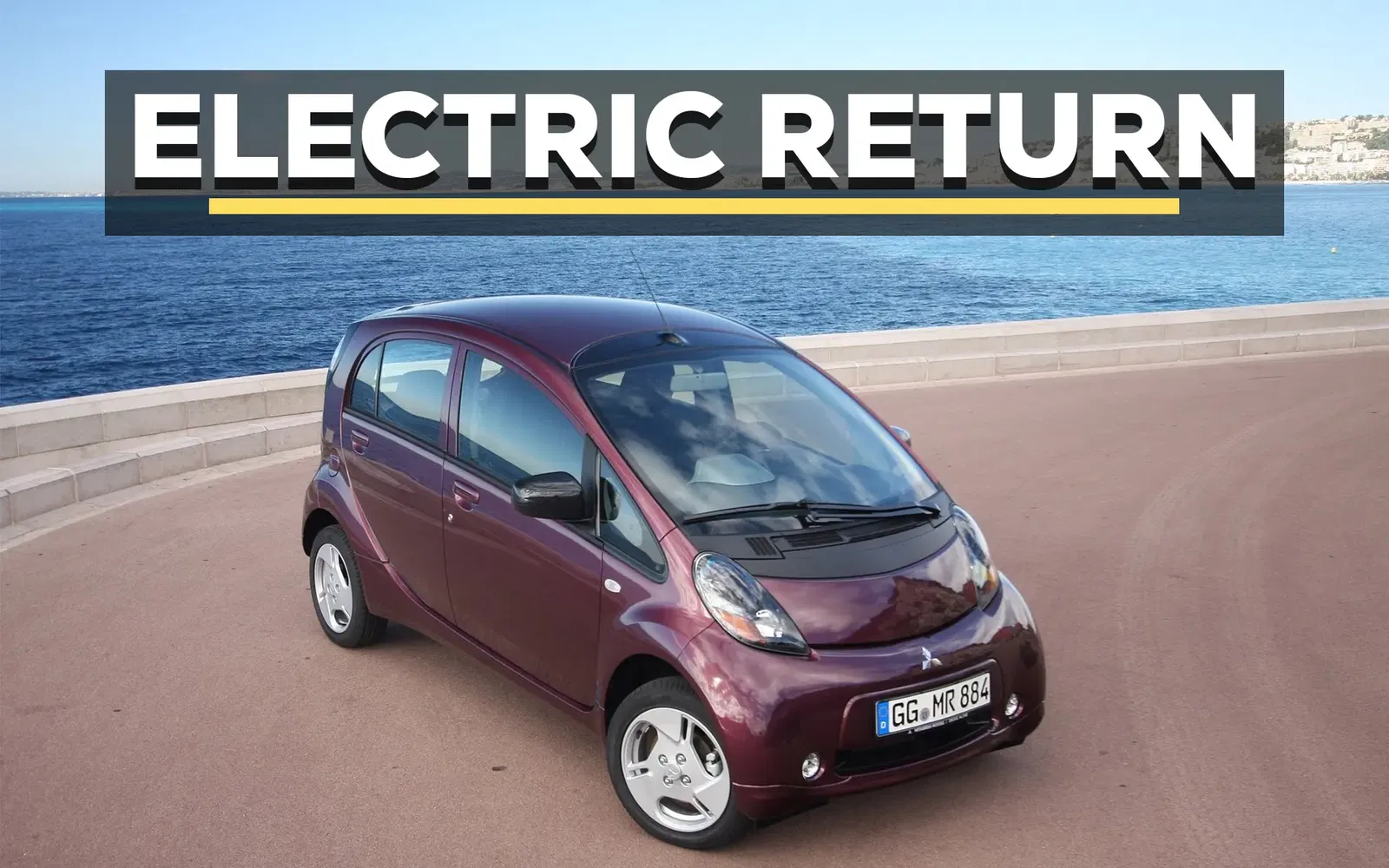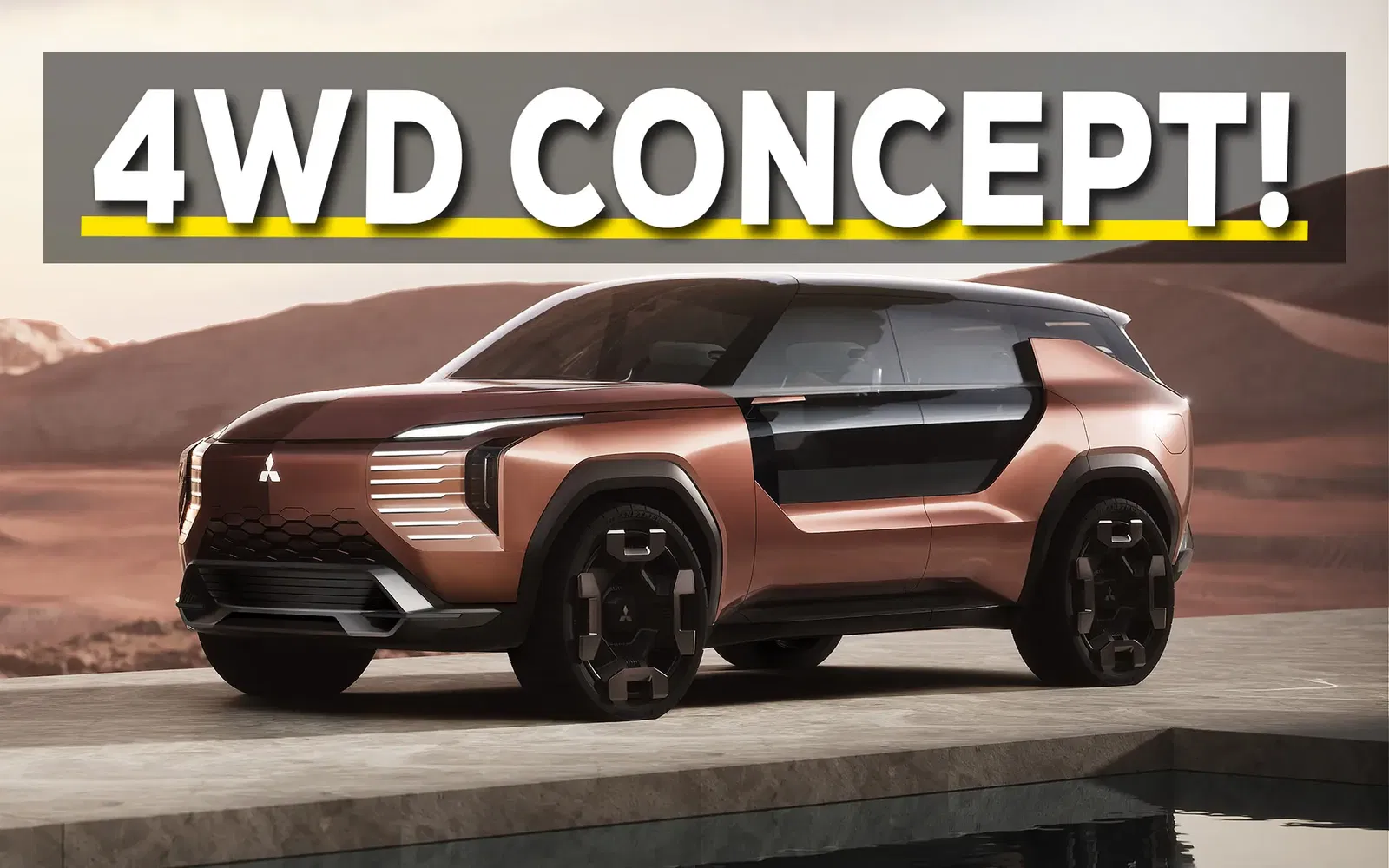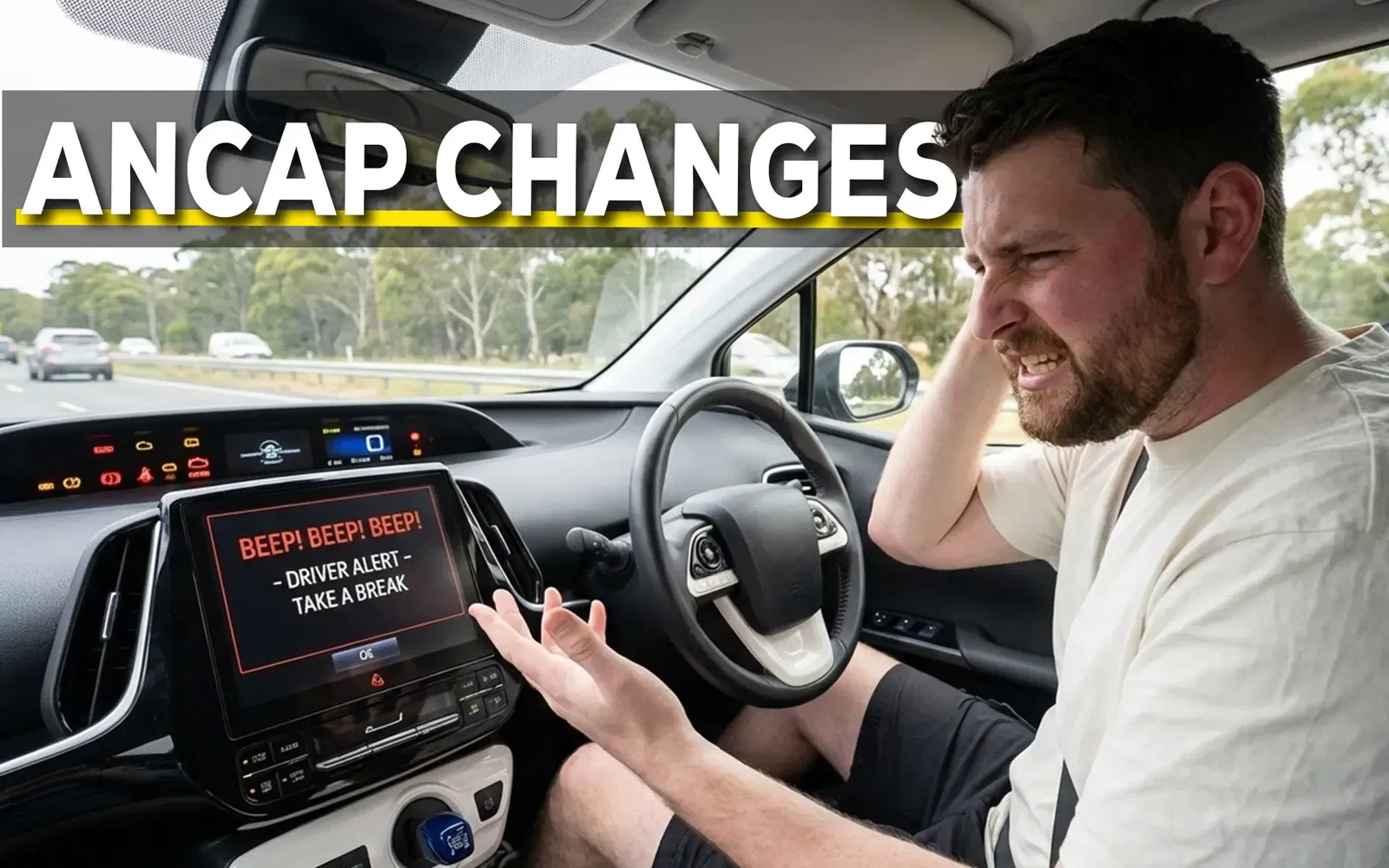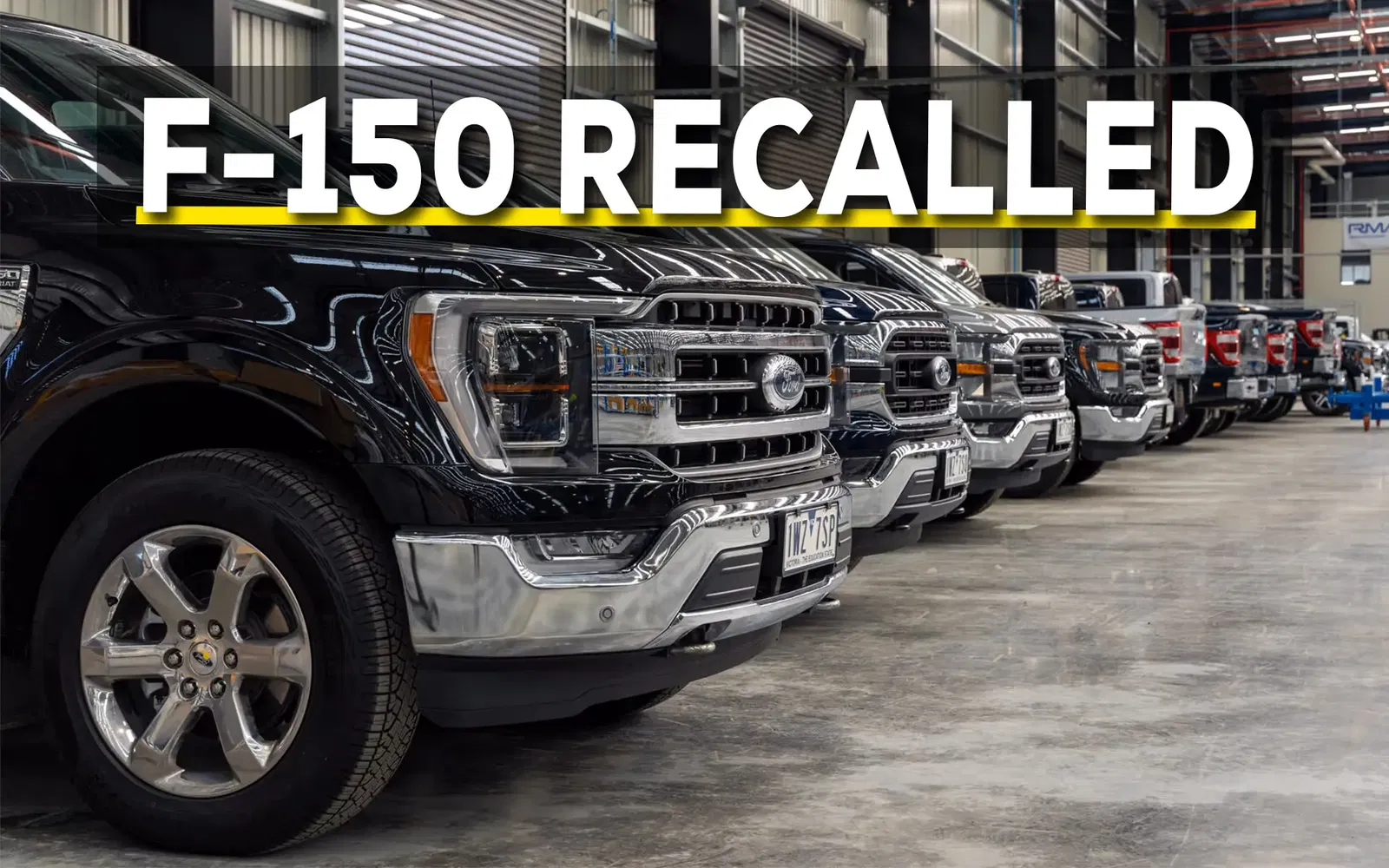Mitsubishi’s new fully-electric small SUV – created in collaboration with Foxtron – is coming to Australia “as late as we could push it,” according to senior executives, as both the brand and the wider automotive industry in Australia face the challenges posed by NVES (the New Vehicle Efficiency Standard).
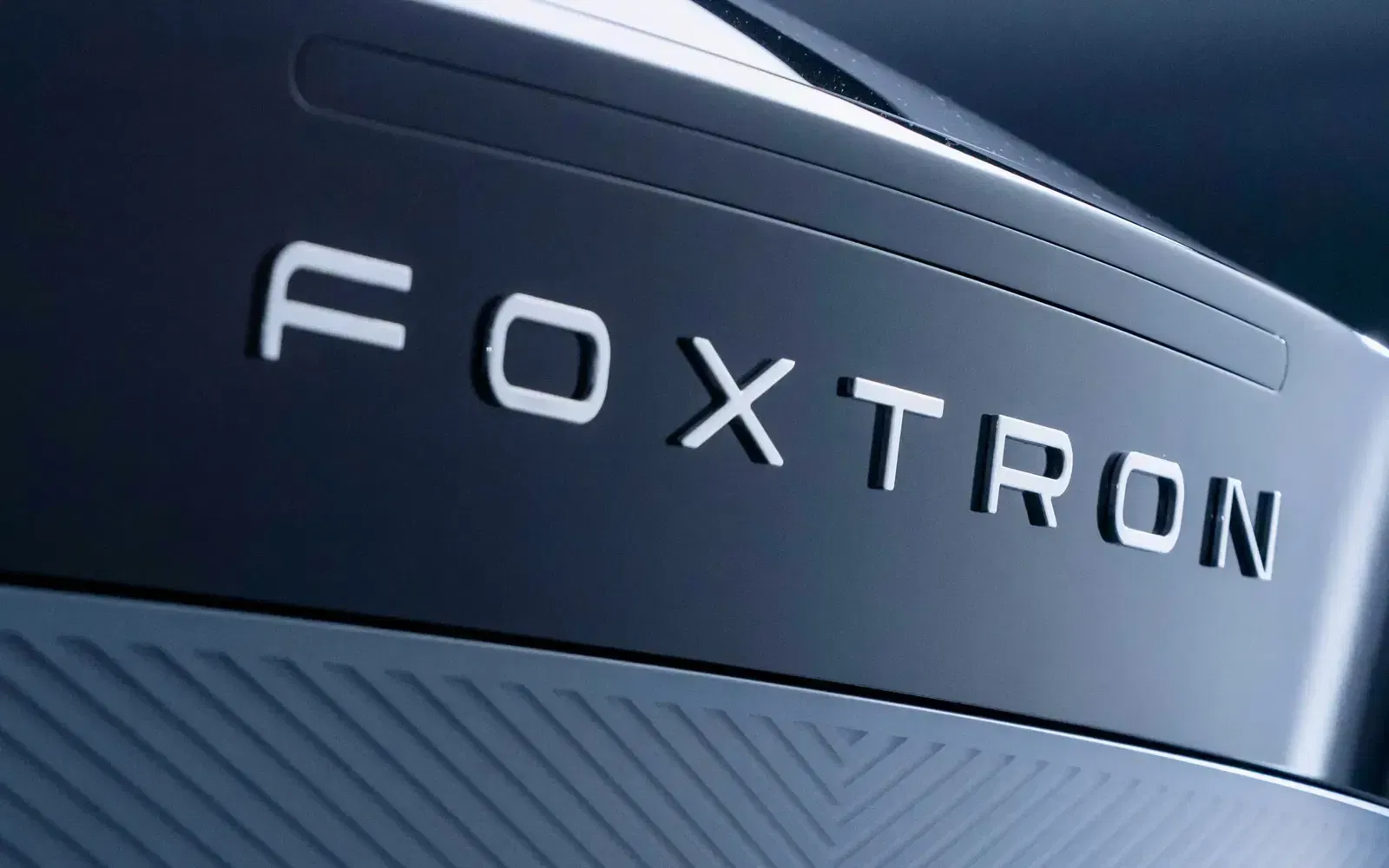
The Mitsubishi EV Is A Small SUV Built By Foxtron
In May this year, it was announced that Mitsubishi had partnered with Foxtron – the electric vehicle subsidiary of Taiwanese electronics manufacturer Foxconn – to build a new electric vehicle.
The new model is expected to be based on the Foxtron Model B compact SUV.
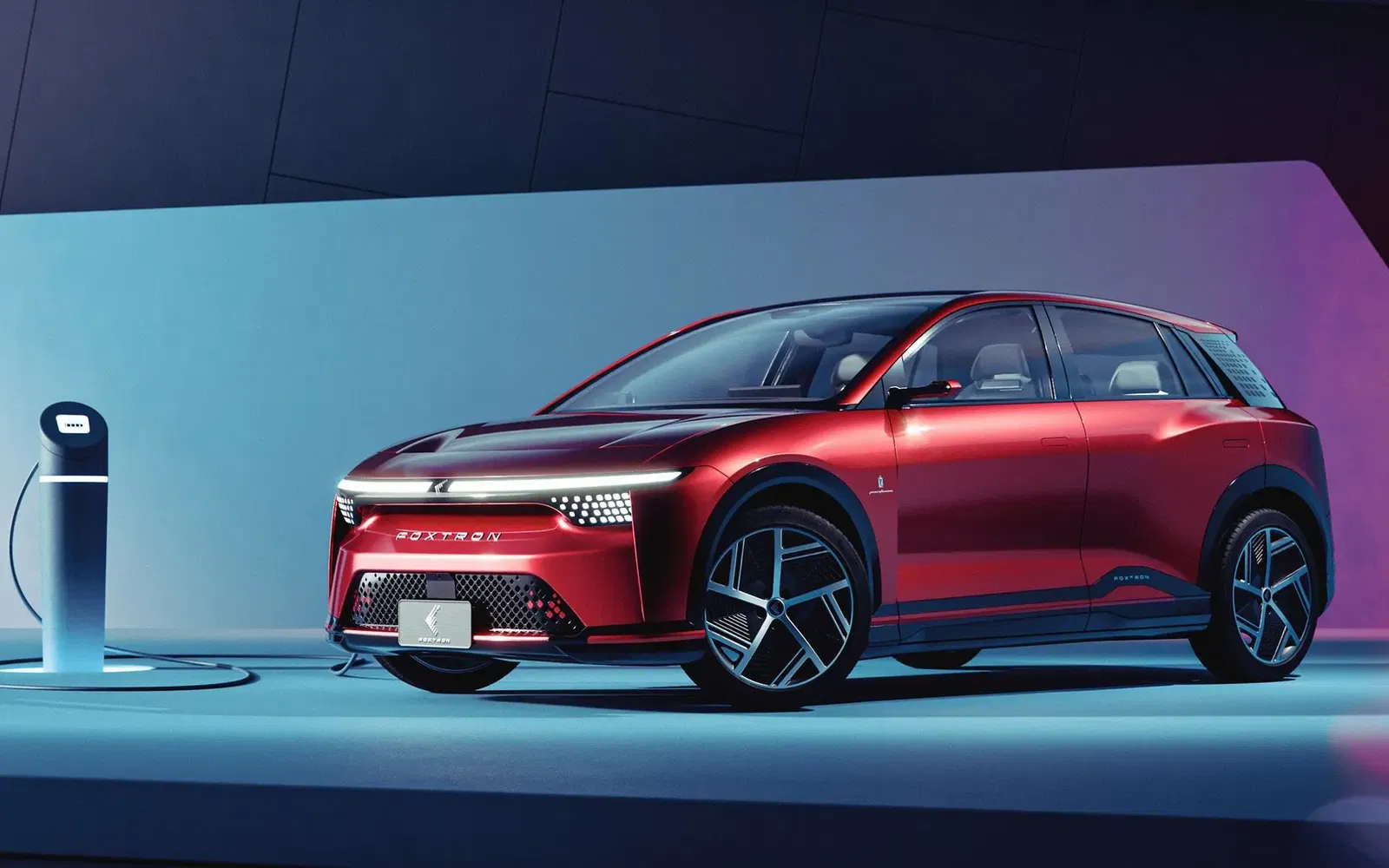
Measuring 4,300mm long, 1,865mm wide, and 1,530mm tall and with a wheelbase of 2,800mm, the Model B is of a similar size to the Kia EV3, Hyundai Kona EV, BYD Atto 2, and – even though it’s technically classed as a small car rather than a small SUV – the MG 4.
These are the popular small EVs that the Mitsubishi model will have to battle with to generate sales in Australia.
Prices for Mitsubishi’s new electric model could be comparable to those of the Kia EV3 and Kona Electric, which start from $47,600 and $54,000 before on-road costs, respectively.
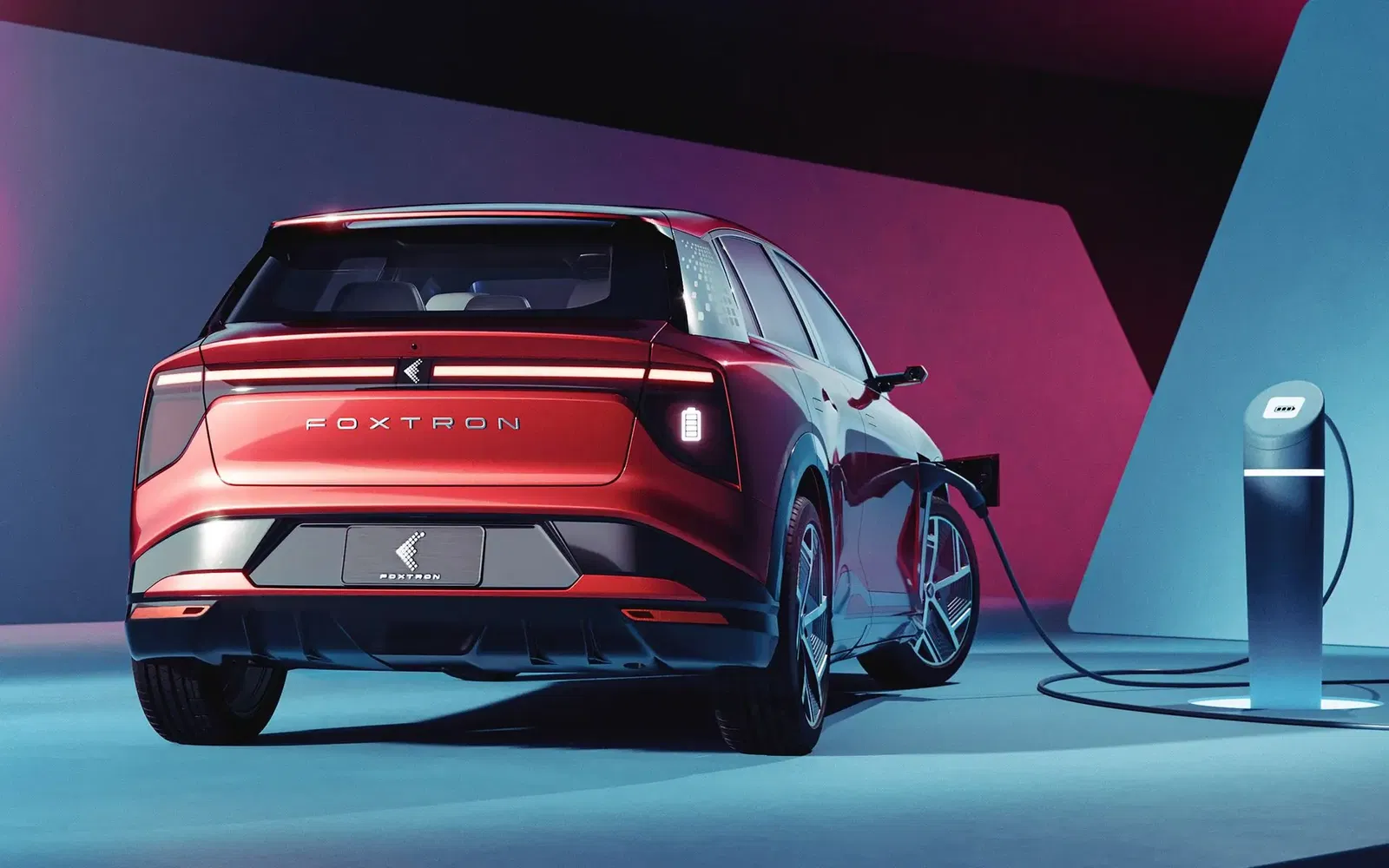
Details for Mitsubishi’s new compact SUV EV are yet to be officially confirmed in full, but it is expected in Australia sometime during the second half of 2026.
With its introduction into the Australian market, the new electric model will join the Outlander PHEV in Mitsubishi’s electrified range, which, by that time, is likely to be the marque’s only plug-in hybrid model in Australia, with the discontinued Eclipse Cross PHEV expected to have sold out by then.
Mitsubishi Concerned That Small SUV EV Demand is “Not Strong”
Along with the rest of Australia’s automotive industry, Mitsubishi is required to comply with the New Vehicle Efficiency Standard (NVES) that was introduced in January this year, with financial penalties accruing from 1 July 2025.
Despite the need to introduce electrified offerings into its lineup to avoid the financial penalties imposed by the new regulations, Mitsubishi Motors Australia has been delaying the release of a new BEV model for as long as possible.
“I guess it’s as late as we could push it,” said General Manager of Product Strategy and Product Public Relations, Bruce Hampel, at the local launch of the 2026 Mitsubishi ASX.
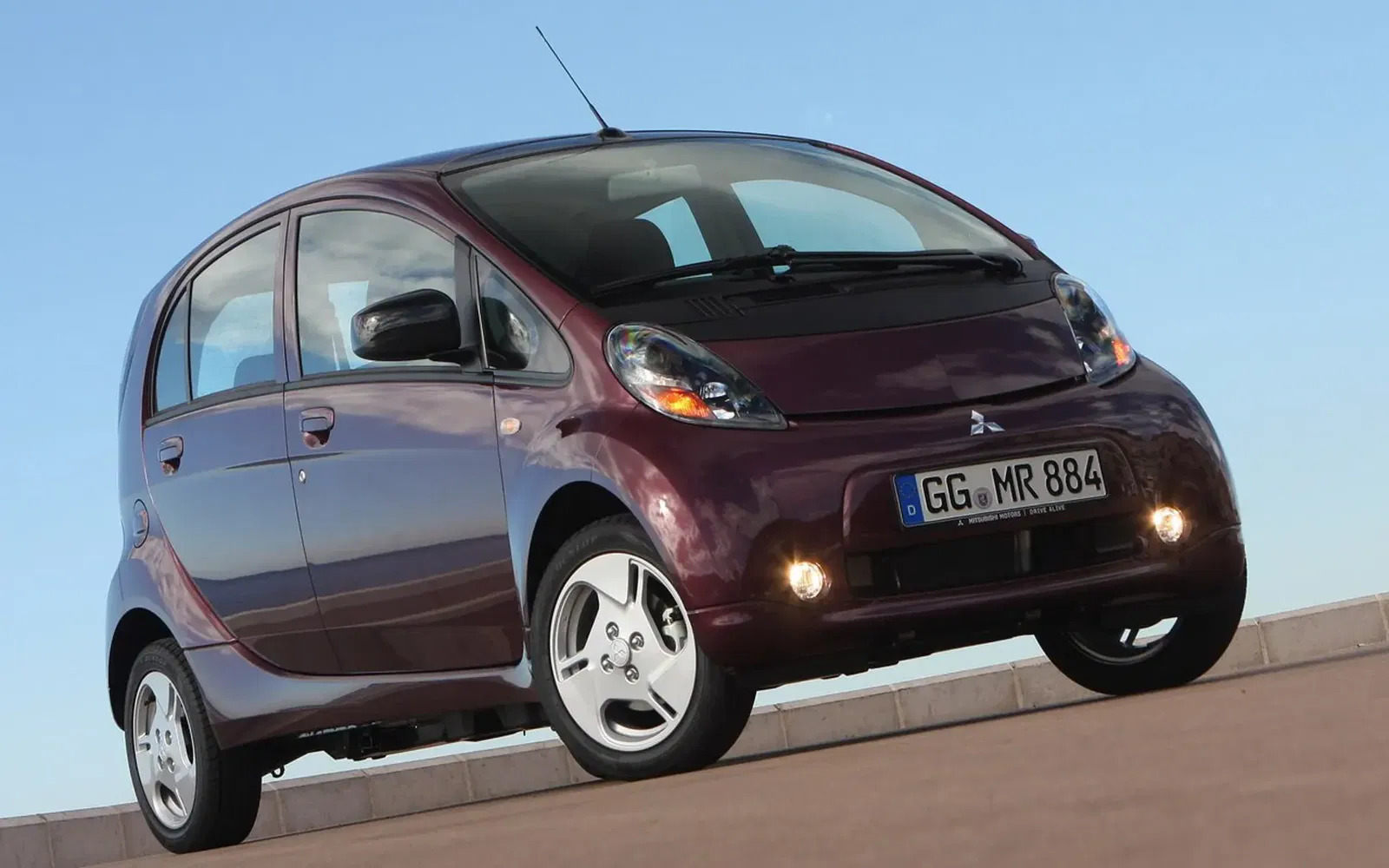
“...in the small SUV segment where this new car will probably fit as well, the BEV uptake currently is only around two per cent. So it's not strong. So to bring another SUV into that segment is just creating a lot more noise for the market, and the market's really not pulling on EVs at the moment overall.”
“However, we are obliged to comply with the NVES requirements. So we do need to offer and to get volume of a BEV to ensure that we can comply and minimise the penalties that we incur through NVES going forward. So we've managed our portfolio to get us through [the] ‘25 calendar year, but at ‘26, I guess we need to start taking those more aggressive actions.”
Mitsubishi was the first manufacturer to introduce a mass-produced electric vehicle to the Australian market, launching the tiny i-MiEV electric city car in 2010. By the time its sales run ended in 2014, around 250 i-MiEVs had been sold.
Based on the learnings from the i-MiEV, Hampel stressed the importance of not rushing back into the BEV market.
“We were the first OEM to bring a BEV into Australia back in 2010 when we brought in the i-MiEV. But it was way too early for its time. So we've learned our lesson from that. We're not rushing back into this.”
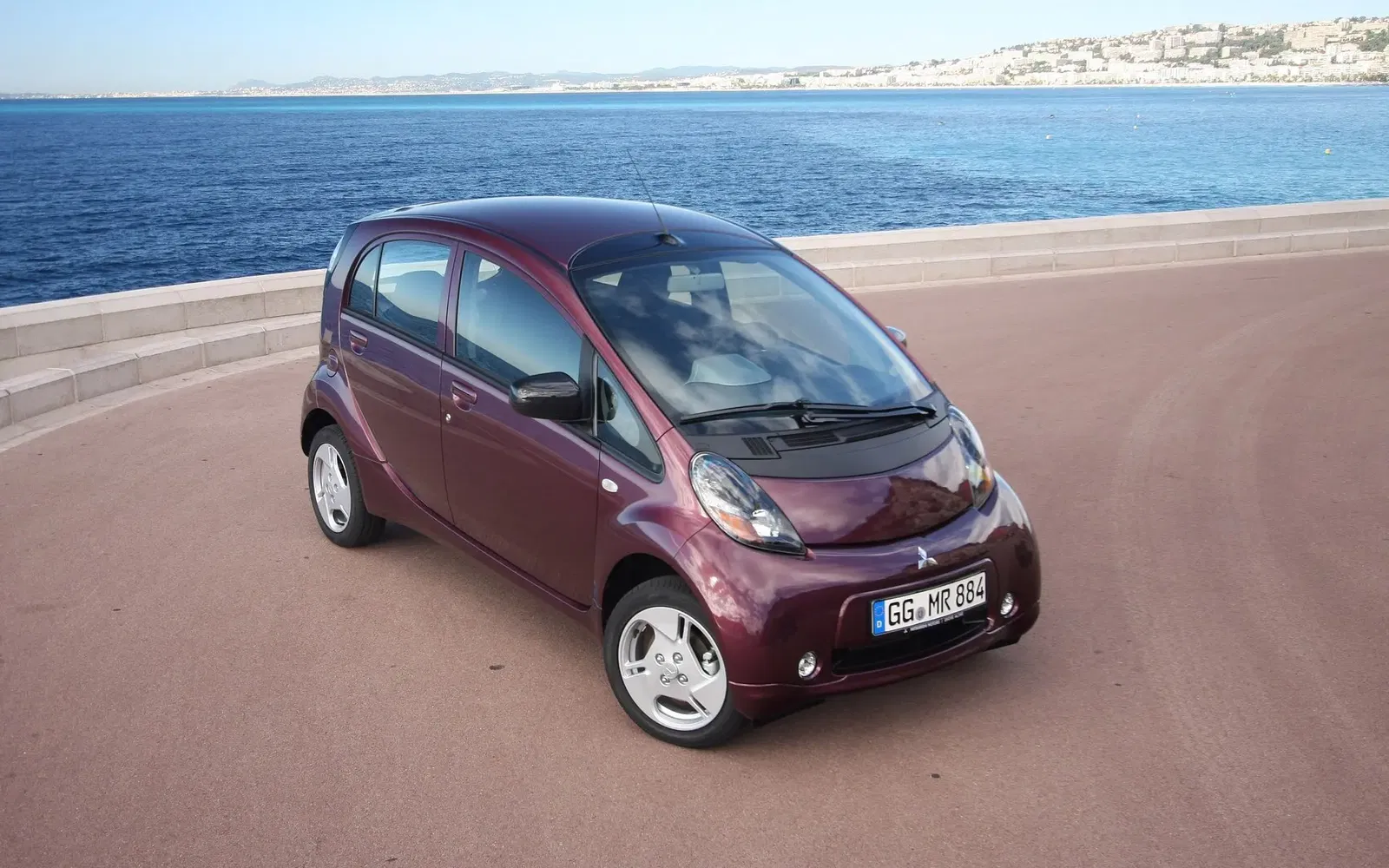
Adding to Hampel’s comments, Product Strategy Manager for SUV and Electrification, Tim Clarke pointed out that while Mitsubishi has delayed its re-entry into Australia’s BEV market, the availability of the new model was also a contributing factor.
“...it's the latest possible we can introduce [the new model], but it's also the earliest possible because this is a new product and it's not available anywhere else and we need to make sure that that product is ready for market and that takes time to get it to the point where it's ready for Australian market and to be badged as a Mitsubishi for Australian customers.”
Can Mitsubishi Match Its EV Rivals?
While Mitsubishi have been apprehensive about re-entering Australia’s electric market, the models with which its new electric offering will likely compete have found relatively local success.
Both the Kia EV3 and the MG 4 are enjoying respectable year-to-date sales figures as of the end of September 2025, according to VFACTS data.
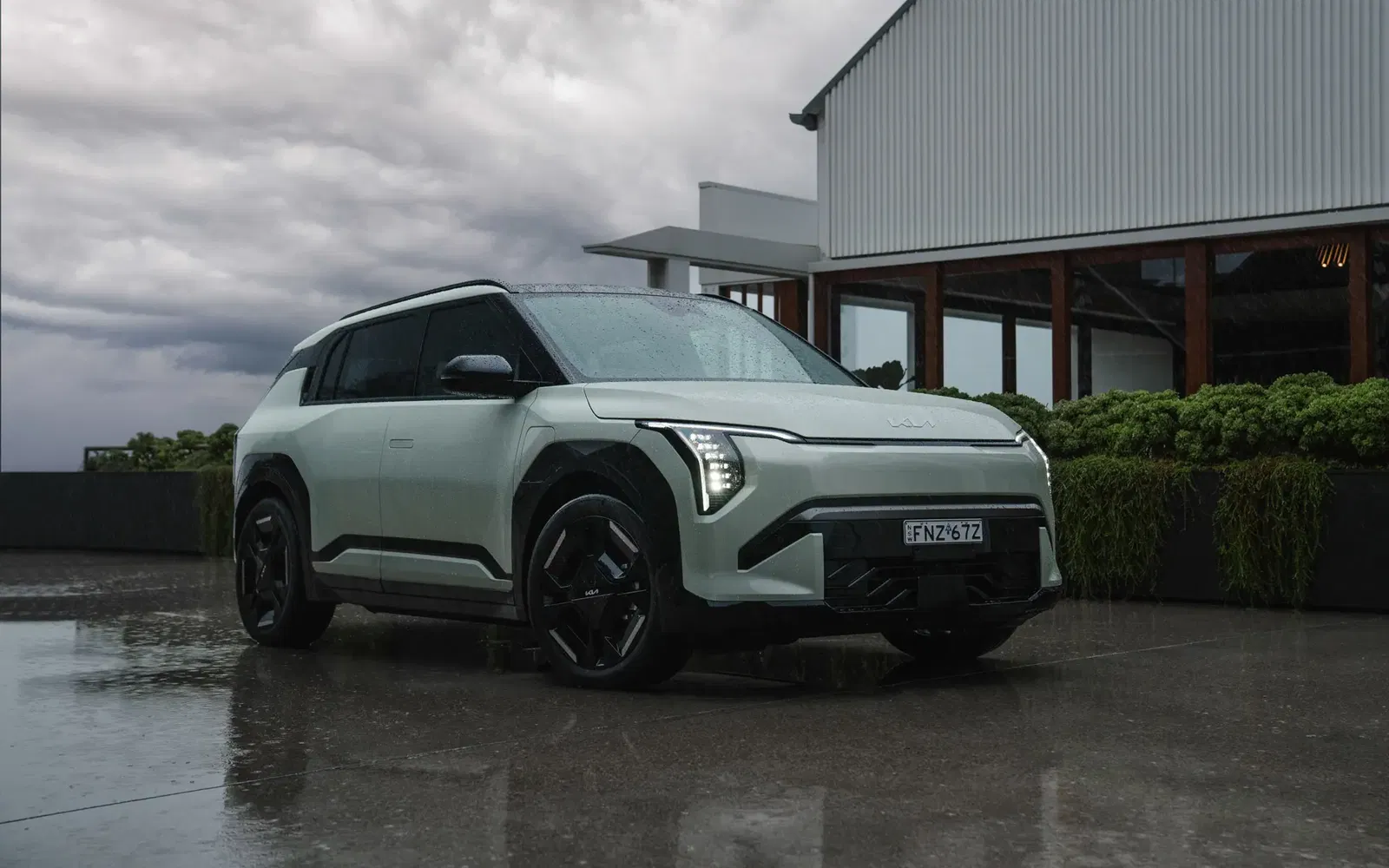
So far this year, Kia has sold 1,940 examples of the EV3, making it the seventh most popular small SUV model over $45,000, regardless of fuel type.
When it comes to small cars over $45,000, the MG 4 ranks first in year-to-date figures, with 2,650 examples sold.
The sales performance of new EVs in Australia is also continuing to improve. September saw a record 12,076 new BEVs sold in Australia, accounting for 11.3 per cent of new cars sold during the month.
FAQ
What electric car are Mitsubishi bringing to Australia in 2026?
Mitsubishi are bringing a compact electric SUV to Australia in 2026 created in collaboration with Foxtron.
Has Mitsubishi released an electric car in Australia before?
Mitsubishi previously released the i-MiEV electric city car in Australia in 2010.
What cars will Mitsubishi's new electric car compete against?
Mitsubishi's new electric car will likely compete against the Kia EV3, Hyundai Kona Electric, BYD Atto 2 and the MG 4.
Sign up to our newsletter
Be the first to know when we drop new car reviews.
.avif)

